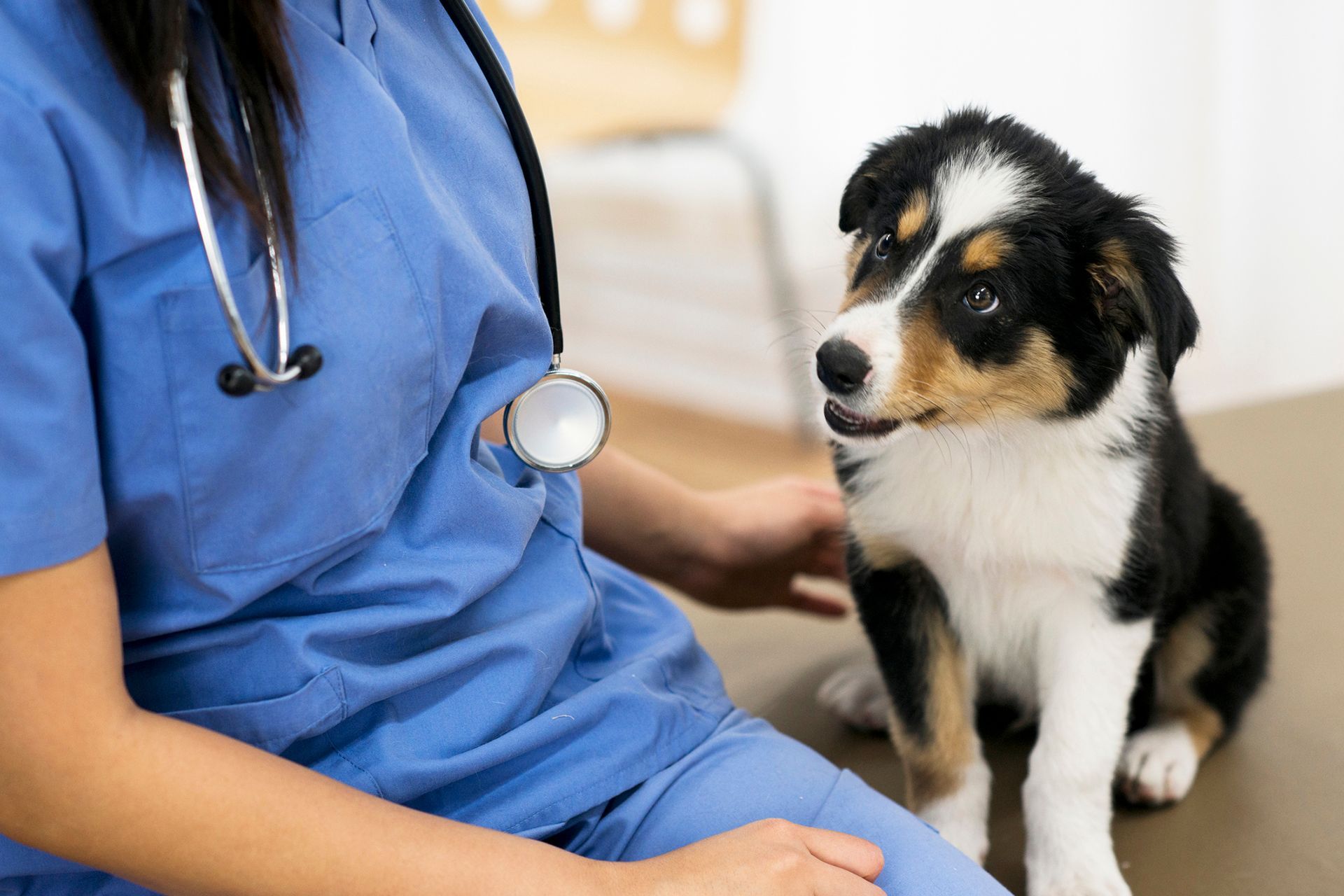6 ways to make a visit to your practice a positive experience
Whether you manage a small independent practice or operate a multi-site veterinary chain, you’ll know that the in-practice experience is crucial to building trust and long-lasting relationships with your clients. Clients and their pets can be nervous or apprehensive about a visit to the vets for all sorts of reasons. Thoughtful planning on your part will make their visit as stress free and positive as possible.
By making improvements to your in-practice experience, you’ll show your clients how important they are to you, and set yourself above your competitors. It’s a good idea to walk through the process of attending your practice as though you’re a client yourself, to get a feel for any snags and areas for improvement. Then you should consider these tips we’ve outlined to improve your in-practice patient experience.
1. Start with the booking process
The experience of your client begins right at the point that they try to make an appointment, so it’s important to make this as easy and convenient for them as possible. If you’re not already offering online booking and the ability to make payments online, it’s well worth considering. Many consumers now expect this service and it provides great convenience for both parties. Clients can book at a time that’s convenient to them, rather than having to wait for practice opening times or for the telephone line to be free, and can also reschedule and cancel easily online too, which leads to fewer no-shows. Ensure telephones and emails are answered in a timely fashion, and that receptionists are well trained and have the information they need at their fingertips, ready to take bookings and answer queries efficiently.
2. Preparing for the visit
Keep in touch with your client ahead of their appointment using text reminders. This is proven to reduce no-shows, as well as assure your client that their business is important to you. It’s can be a good idea to provide more detailed information about the treatment their animal is coming for, so that they know what to expect and can make any relevant preparations: such as not feeding their pet for a certain number of hours before, or weighing them on arrival. The client will also need to know if they’ll be expected to leave their pet at the practice, and if so when they’ll be able to collect them, as well as any medications they may need to administer afterwards.
3. Checking in
Arriving at a busy vet practice with an unwell pet can be a stressful experience, especially for clients with larger pets, or whose pets are nervous. It’s therefore critical to make the check-in process as straightforward and efficient as possible. Ensure signage is clear and informative so that clients know where to go on arrival, and that staff are welcoming and calming. Consider offering self check-in to help reduce queues and congestion at your reception desk with intuitive self-attendance terminals. For larger practices, terminals can even include specific instructions on when and where to go.
4. Waiting time
Whilst long waiting times are sometimes unavoidable, it is possible to reduce them by using online booking, since automated reminders and easy rescheduling will ensure your clients know when they’re due to attend and that their appointment time is convenient to them. Should an emergency admission or another situation mean that patients do have to wait for a while however, creating a space in which they feel as comfortable as possible will ensure the time passes more quickly.
Make sure there is sufficient open space as well as seating, and ideally separate areas for larger and smaller animals. If possible, setting up a small room for any reactive pets who find visiting the vet particularly stressful will really help those clients for whom attending appointments can be more difficult. It’s essential that the waiting area is well ventilated and as cool as possible, and that a member of staff is responsible for maintaining its cleanliness throughout opening hours.
5. Be prepared
Once your patient is in the treatment room, it’s important to continue their visit as efficiently as possible to keep stress to a minimum. Having their notes ready in electronic form, as well as any lab results, will show your client that they’re important to you and allow you to focus on their pet.
Setting up electronic signatures for consent forms or treatment estimates is a great way to save time. Using software integrations to streamline and automate routine workflows will not only look more professional, but will free you up to offer more attention and care to your clients and patients. Electronic billing will help to streamline the visit, whether it be invoicing, statements or estimates, and offering online payment options will also provide a convenient choice for clients.
6. Don’t forget aftercare
It’s important to ensure your clients and patients are happy after they leave the practice as well as while they’re there, so be sure to give them all the information they need before they depart. Emailing details about medications, including doses and timings, will be a useful reference, as will reminders about any follow up appointments or dressing changes etc. An automated text to check in on the patient’s welfare 24 hours after treatment, or a follow up phone call, will help to flag any issues and also show your client they are valued and their pet is well cared for.
There is no doubt that the quality of treatment is of paramount importance when someone chooses a veterinary practice, however, the in-practice experience may be what makes them stay. Furthermore, providing the highest level of service will set you above your competitors and encourage your clients to recommend you to their friends and family, helping your practice to grow and enabling you to offer continued improvements as it does.


Book a 30 minute demo
We only need 30 minutes to show you how Assisi will change the way you run your practice.
Contact
Datum House
Electra Way
Crewe
Cheshire
CW1 6ZF
Tel: +44(0) 1270 310 046
Email: sales@assisi-vet-system.co.uk
Follow us on
LinkedIn
Quick links
Our values
Registered Office: 107 Cheapside, London, EC2V 6DN. © All Rights Reserved Assisi.
Practice Point Terms & Conditions
|
Website Terms & Conditions
|
Privacy Policy
|
Mobile App Policy
|
Cookie Policy
|
MSA Terms & Conditions
|
MSA Schedules



